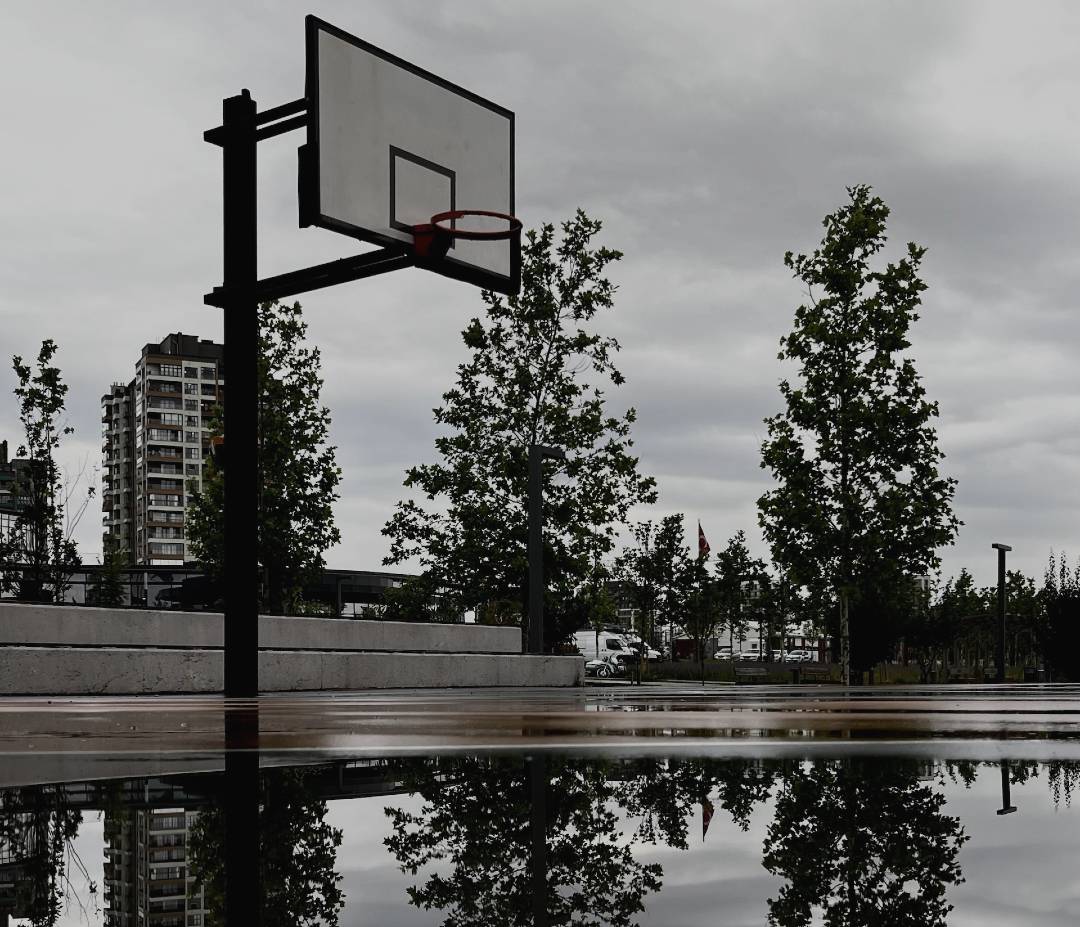Emergency preparedness refers to the measures taken by individuals, organizations, and governments to prepare for and respond to emergencies, such as natural disasters, health pandemics, and terrorist attacks. The history of emergency preparedness is closely tied to the history of natural disasters, as these events have often served as catalysts for the development of emergency response systems. Here is a brief overview of the history of emergency preparedness:
Prehistoric times: Humans have likely always had to deal with natural disasters and other emergencies, but there is little evidence of formal emergency preparedness measures before the development of written language.
Ancient civilizations: Many ancient civilizations, including the ancient Egyptians, Chinese, and Greeks, had elaborate systems in place for responding to natural disasters, such as floods and earthquakes. These systems often involved the use of early warning systems, such as lookout towers, and the creation of emergency shelters and stockpiles of food and supplies.
Middle Ages: During the Middle Ages, the Catholic Church played a significant role in disaster response, as it often provided aid to those affected by natural disasters and other emergencies. In addition, many cities and towns developed their own emergency preparedness measures, such as the creation of fire brigades and the establishment of quarantine zones to prevent the spread of disease.
Modern era: The modern era has seen significant advances in emergency preparedness, with the development of more sophisticated warning systems, the creation of specialized emergency response teams, and the establishment of national and international organizations dedicated to disaster response.
19th and early 20th centuries: During this time period, many countries established national emergency response agencies, such as the Federal Emergency Management Agency (FEMA) in the United States and the Civil Defense Corps in the United Kingdom. These agencies were responsible for coordinating the response to natural disasters and other emergencies, and they often worked closely with local authorities and organizations to provide aid and assistance.
Mid to late 20th century: In the mid to late 20th century, emergency preparedness became increasingly important as the world faced a number of significant natural disasters, including earthquakes, hurricanes, and tsunamis. In addition, the threat of nuclear war during the Cold War era led to the development of civil defense systems in many countries.
21st century: The 21st century has seen the continued development of emergency preparedness systems, with a focus on improving communication and coordination between different agencies and organizations. In addition, the emergence of new threats, such as pandemics and cyber attacks, has led to the creation of specialized emergency response teams and protocols.
Overall, the history of emergency preparedness is one of ongoing evolution and adaptation to changing threats and challenges. As the world continues to face new and unpredictable emergencies, it is likely that emergency preparedness systems will continue to evolve and improve.


